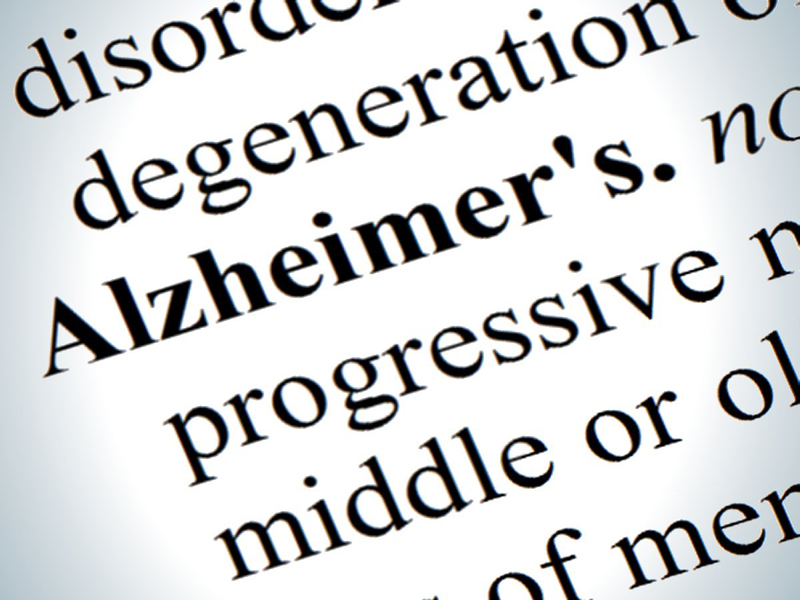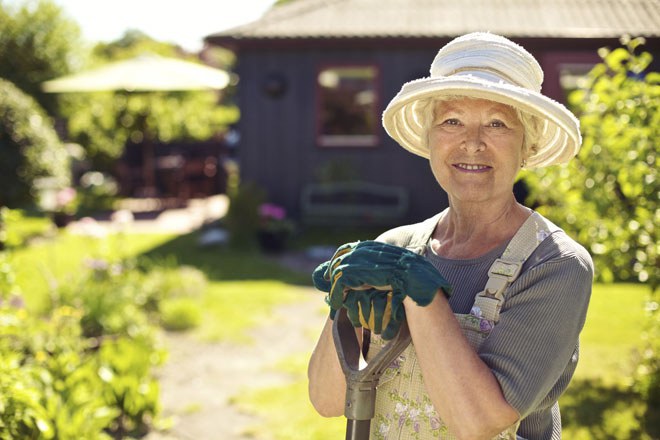Written by Dr Ashwini Konnur
December 5, 2017
Mental and neurological disease especially in old age has become more common in today’s world. Epilepsy, depression, psychosis, insanity, loss of consciousness, fainting, dementia, Alzhemier’s and more fall in this category. Dementia, Alzheimer’s disease (AD) and other related degenerative diseases – related to cognition are known to affect nearly 5 million Americans and around 3.5 million Indians. Almost 1.9 million deaths were recorded in 2015 alone due to dementia.
AD is neuro-degenerative disorder of brain that is clinically characterized by progressive cognitive failure, including changes in personality, loss of the ability to form and retrieve new memories, and loss of the ability to navigate even to the most familiar environments and loss of judgment.
Based on age of onset, AD can be characterized into two:
Alzheimer’s of early onset: Appears before the 60 years with fast progression and worsens faster. Many a times it may be genetic.
Alzheimer’s of late onset: Most common type of Alzheimer’s that appears in people above the age of 60.
The exact cause of AD is still unknown but factors like genetic, old age, obesity, hypertension, smoking, family history, Down’s syndrome and even excessive air pollution are said to be some of the cause of AD.
Symptoms of Alzheimer’s Disease
Development of AD is different for every individual. Though they may share the same symptoms, the rate of progression may vary. It usually starts off with short-term memory loss, where the individual may not recall what he just finished, For eg: that he has locked the door. His family or even the individual may neglect this short term memory loss symptom considering his age as a factor. As the disease advances, he may forget that he has had his lunch/ dinner and may later stop recognizing his own children or wife.
Slowly his ability to judge and other symptoms mentioned above may set in. He may even forget familiar languages, names and easily misplace things. One might see a change in his/her personality- with episodes of delusions and depression, daily tasks also may get difficult, further physical functions may also decrease and finally leads to death.
AD is one of the costliest diseases when it comes to management. Currently, approved drugs for treatment of dementia and related diseases is cholinesterase inhibitors (ChEIs), namely Donepezil, Rivastigmine and Galantamine that have been shown to improve the cognitive, behavioral functions. There are many clinical trials conducted for the treatment of AD and relative cognitive disorders but none claim the reversion of the progression of AD. This may be due to lack of knowledge of personalized approach in the treatment of AD.
Ayurvedic Understanding of Alzheimer’s Disease
The Tridoshas are the pillars of Ayurveda. All bodily functions depend on vata, kapha and pitta doshas. A balanced state of these dosha keeps the body in a healthy state and imbalance of the same leads to manifestation of different disease.
Among the three doshas’ vata is the motivating force behind the other doshas (pitta and kapha) and all the dhatus, mala. The activities of vata can be related to tissues of nervous system, especially brain activities. Increase in the vata dosha leads to dhatukshya (tissue decrease) of the brain cells leading to pathological condition similar to that of AD. When vata increases in the Manovaha Srotas (channels responsible for memory and other cyclic impulses) one can observe malfunction of the mental activities. Imbalance in vata dosha also leads to imbalance in the Trigunas (Sattva, Raja and Tama) and as a result, there is Smruthi Nasha (loss of memory). An increase in the vata may also lead to generalized weakness of the nervous system, body gets depleted and stops functioning.
Ayurveda therapies are a time-tested approach that removes the causative factor of the disease by restoration of the imbalanced dosha. Though there is no complete cure for AD in any system of medicine, Ayurveda still can help in better management, if diagnosed in the early stages. The progression of the disease can definitely be slowed down with the help of Ayurveda. The elimination of the disease can be achieved by Snehana (oliation), Shodhana (removal/ elimination of toxin) and Shamana (Palliative measures).
Snehana will help in elimination of excessive drying that is caused due to increased vata dosha. Snehana may be external oil application in the form of Abhyanga (massage), Shirodhara, Shiro abhyanga, Shirobasti or internal administration of the medicated ghee.
Shodhana is to eliminate excessive vata dosha and this can be achieved by Basti (medicated enema), Virechana (purgation) and Nasya (nasal installation of medicine). Ayurveda has numerous herbs that are nerve tonic and enhance memory function. The palliative treatment of Ayurveda helps in restoration of the depleted body tissue with minimal or no side effects.










